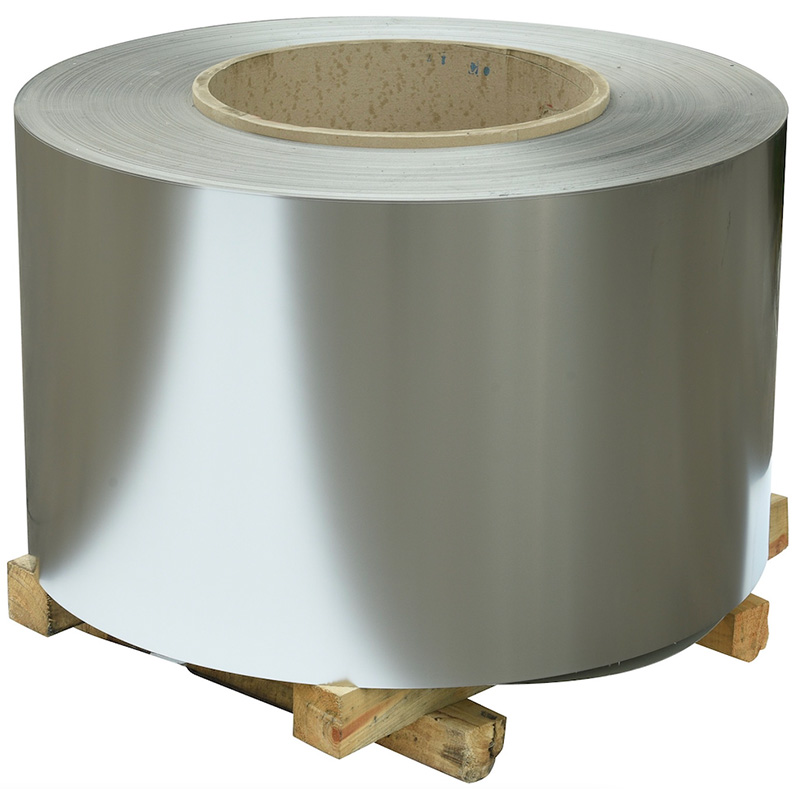Stainless steel is classified according to the most commonly used metallographic structure (based on the crystal structure of stainless steel at room temperature), which includes martensite, austenite and ferrite.

What are martensite, austenite and ferrite?
1.Martensite
Martensite is a supersaturated solid solution of carbon (or nitrogen) in iron, formed by rapid cooling (quenching) of austenite through diffusionless phase transformation. Its crystal structure is body-centered tetragonal, with high hardness and strength. Martensite in stainless steel usually contains high carbon and moderate amounts of chromium.
Typical stainless steel grades: 410, 420, 440C, etc.
2.Austenite
Austenite is a face-centered cubic crystal structure that is stable at high temperatures. At room temperature, austenite in pure iron is unstable. However, in stainless steel, by adding a large amount of "austenite-forming elements" such as nickel, manganese, and nitrogen, austenite can be stabilized to room temperature or even lower temperatures.
Typical stainless steel grades: 304, 316, 310S, etc.
3.Ferrite
Ferrite is a body-centered cubic crystal structure that is stable at low temperatures and room temperature. Ferrite in stainless steel is rich in chromium.
Typical stainless steel grades: 430, 409, 444, etc.